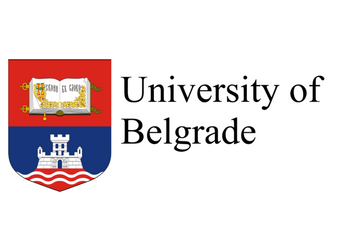Study program content
Study program “Banking and Financial Management” is a program of graduate academic studies for education of professionals, graduate economists – master in banking and financial management. The program lasts one academic year and amount to 60 ECTS credits: 45 ECTS for the courses and 15 ECTS for the final master thesis. The study program includes a basic module which carries 35 ECTS and consists of compulsory courses, elective courses, which carry 10 ECTS of which students choose two subjects (10 ECTS) and the final paper which carries 15 ECTS. The program is intended for education and training professionals to work in the banking and financial sector in performing complex and managerial jobs. The program is fully formulated in accordance with the requirements and standards of accreditation, as well as modern trends of development of scientific disciplines of banking and finance, so that students can acquire the appropriate competencies and skills to work in the banking and financial sector. The study program is consistent with similar programs of study that exist at foreign universities.
Study program outcomes
The students completing the program of study “Banking and Financial Management” acquire the professional title of Master of Science in Economics in the field of economy: banking and financial management. Upon successful completion of the study program “Banking and Financial Management” students acquire general and subject-specific skills that contribute to the quality performance of professional and scientific activities. Mastering the curriculum, students obtain knowledge in the basic principles of banking operations and the efficient formulation of the banking business and marketing strategies. From evaluating the effects of monetary policy on specific business policies of banks the program moves on to specific techniques for active management of asset and liability management in banks. Students develop skills in the area of investment analysis and decision-making and to build an efficient portfolio structure. The students meet with techniques to protect against risks that are present in modern business and the application of derivative instruments in the area, as possible instruments of protection. Students also become familiar with functioning of modern financial innovation.













